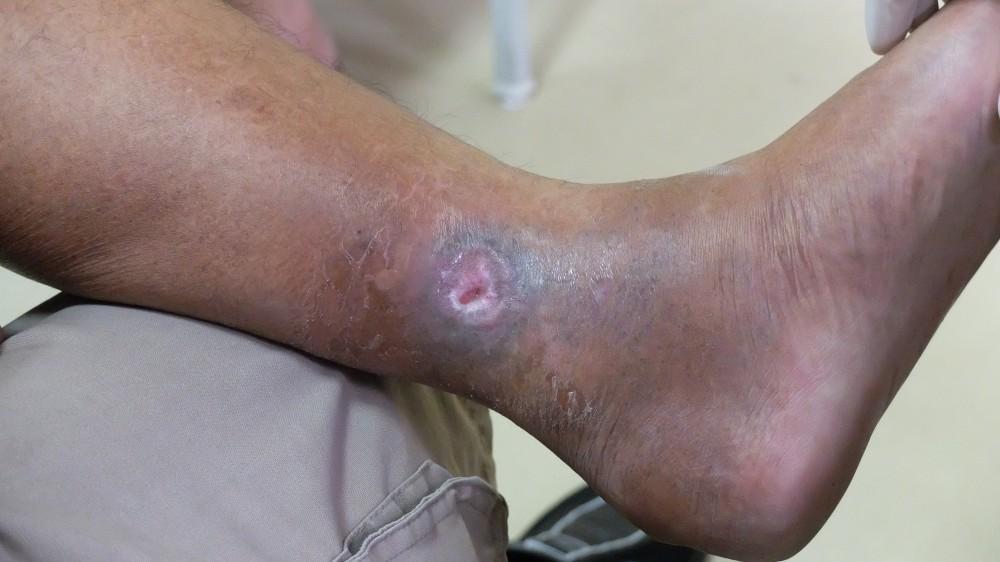
Common Foot Problems That Can Occur if You Have Diabetes

Living with diabetes affects your body from head to toe – literally. Your feet are actually at a higher risk of damage and even amputation if you have diabetes. With physician-supervised diabetic foot care, people living with type 1 or type 2 diabetes can protect their feet from injury and lasting harm.
At The Foot Care Group, our care team, led by podiatrist Dr. Steve Sharlin, provides comprehensive support and compassionate care to patients with diabetes. We see new and existing patients with diabetic foot care needs at locations in Hinsdale, Libertyville, and the Streeterville community of Chicago, Illinois.
Here are some of the most common foot problems that Dr. Sharlin sees in his diabetic podiatry patients.
Peripheral artery disease (PAD)
Irregularities with the way your body produces or uses the chemical insulin due to diabetes cause your blood sugar levels to spike and swing. Long-term high blood sugar harms your circulatory system, with your arteries becoming blocked or narrowed, meaning that extremities like your legs and feet don’t get the healthy supply of new blood they need.
Without sufficient new blood flow or good blood circulation, your feet struggle to heal from even little injuries. Ingrown toenails or little cuts become infected more easily, and can be more difficult to heal. Diabetic foot ulcers can also develop.
Diabetic nerve damage
Over time, the high blood sugar levels that can arise from your diabetes can cause lasting damage to your nerves, as well as to organs like your kidneys and liver. Diabetic nerve damage is also known as diabetic neuropathy. You’re likely to suffer diabetic nerve damage in your legs and feet, called peripheral diabetic neuropathy.
If you have diabetic nerve damage in your feet, you won’t be able to notice injuries as easily. You may be insensitive to pain, heat, or cold. Because you don’t receive warning signals about potential injuries, people living with diabetic nerve damage need to regularly check feet all over for signs of injury or infection.
Corns, calluses, swelling, and gangrene are all risks for your feet if you have peripheral diabetic neuropathy.
Preventive diabetic foot care
With the right diabetic foot care, you can protect your feet and your quality of life. You may need to check your feet regularly for signs of injuries, take care to always wear socks and shoes, and pay attention to the way you trim your toenails to prevent ingrown toenails and potential infection.
Talk to Dr. Sharlin about what you need to do to protect your feet if you’re living with diabetes. Schedule your initial consultation appointment over the phone, or book online now.
You Might Also Enjoy...


Can Hammertoes Be Corrected with Orthotics?

Can Cryotherapy Get Rid of My Plantar Warts?

I'm Embarrassed About My Toenail Fungus: What Can Help?

5 Bothersome Complications of Untreated Hammertoe

